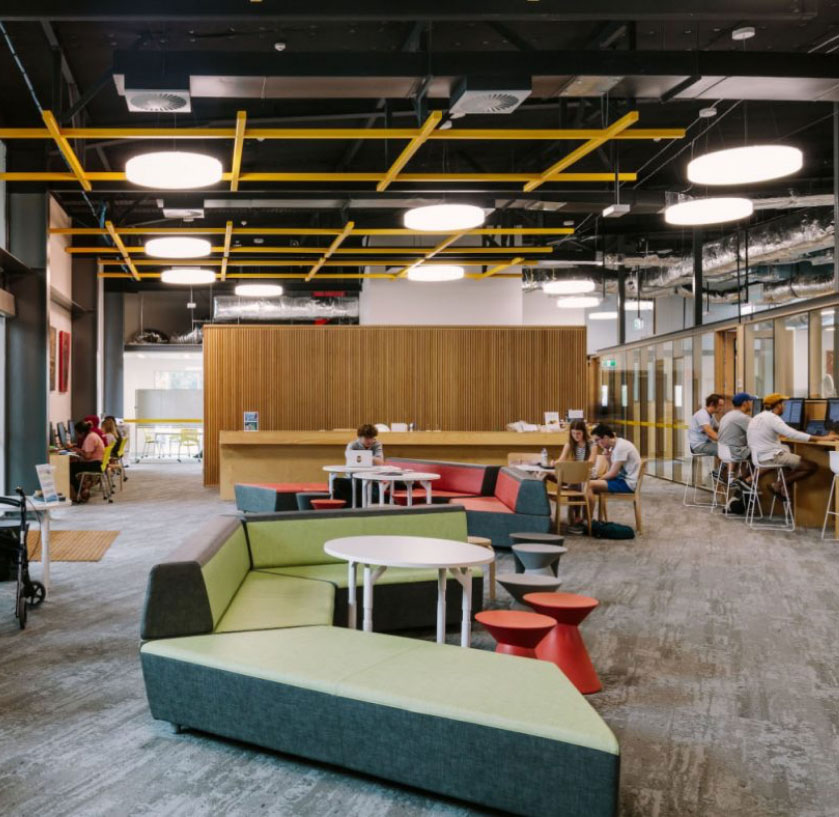July 16, 2009
IRU strategy aims to create opportunities
Innovative Research Universities (IRU) today unveiled its strategy for the next two years and a new corporate logo.
Chair of IRU and Vice-Chancellor of James Cook University Professor Sandra Harding launched the 2009-2011 strategy at the two-day IRU forum in Perth for senior university staff.
“A core objective over the next two years will be to leverage the collective expertise, capabilities and resources of the member universities to create new opportunities for students and other stakeholders”, Professor Harding said.
To achieve this, IRU will establish mutually beneficial partnerships with other educational and industry groups and peak bodies both in Australia and overseas – as a network of seven high-quality universities located across all mainland states of Australia and the Northern Territory, it is very well placed to do so.
“Social inclusion is part of our DNA, it permeates everything that we do in education and research, and will be an area of focus going forward”, Professor Harding said.
Other areas of focus identified in the Strategy are research collaboration, work-integrated learning and joint course delivery.
“Over the last 12 months, IRU has been a strong contributor to the Australian government’s higher education and innovation system review processes and we intend to further build our profile as policy thought leaders”, Professor Harding said.
The IRU members will also expand and strengthen their emphasis on enhancing quality through the sharing of policy and practice. The network organises regular collaborative Forums on topics of key interest to the members. Current planned Forums will explore research quality in the creative and performing arts and maths and science education.
Professor Harding also announced that the Northern Territory’s Charles Darwin University had joined the IRU network.
CDU joins IRU members Flinders, Griffith, James Cook, La Trobe, Murdoch and Newcastle universities.
The IRU network has campuses and study centres covering over 30 urban, regional and remote locations. It has more than 145,000 student enrolments including 6,500 research students, 1,800 higher education Indigenous students, 21,000 low socio-economic students and attracts $280 million in research income each year.








